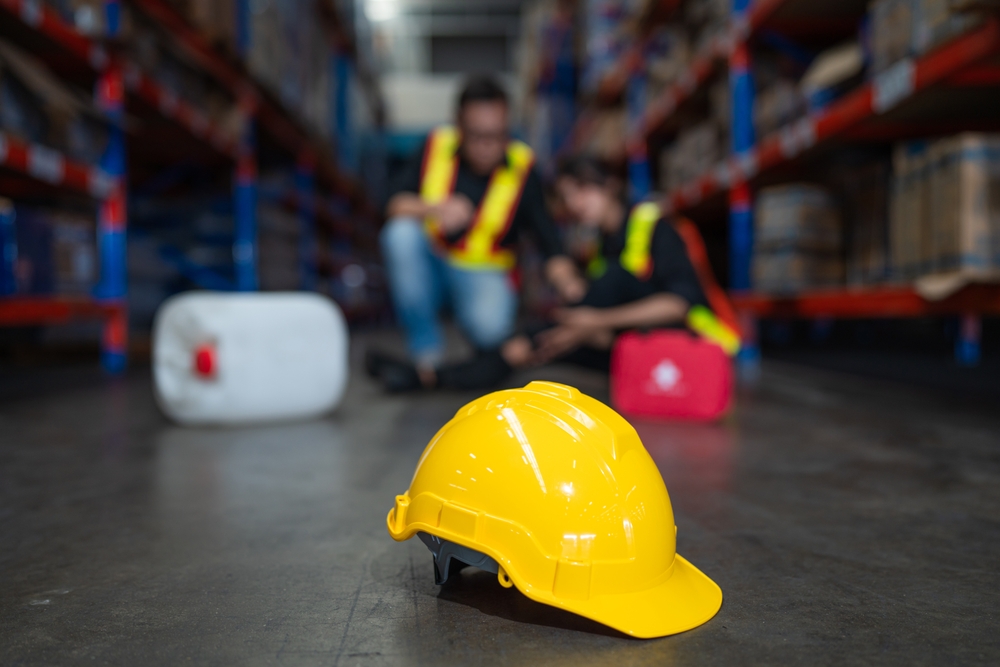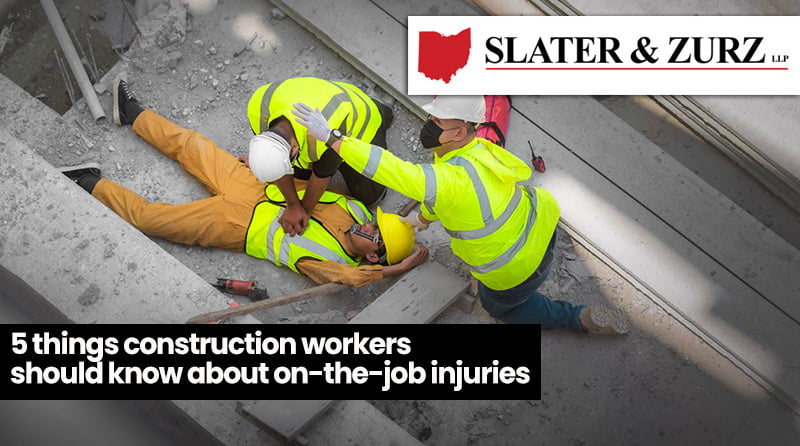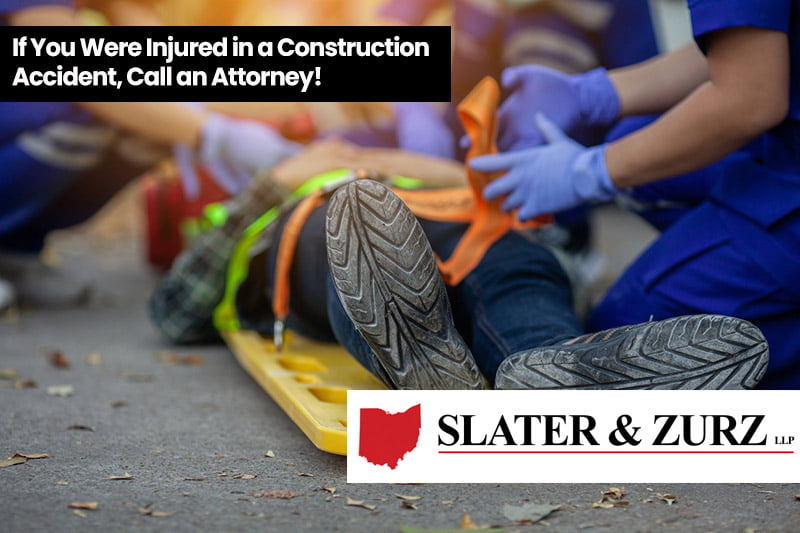Warehouses are some of the most hazardous job sites in Ohio. From heavy machinery and fast-moving forklifts to stacked inventory and repetitive tasks, these environments are built for efficiency, and injuries can easily happen without warning.
While most warehouse workers assume that workers’ comp will take care of them if they get hurt, the reality is more complicated. Because workers’ compensation is designed to cover only certain types of losses (like medical bills and partial lost wages), it often falls short in serious or complex cases. It also doesn’t account for pain and suffering, future limitations, or negligence by outside parties.
Below, we’ll walk through some of the most common warehouse injuries that may fall outside the scope of standard workers’ comp and what injured workers can do about them.
1. Forklift Accidents
Forklifts are essential in most warehouses, but they’re also one of the leading causes of serious injury. In the U.S. alone, forklift-related incidents — like if it tips over, hits a pedestrian, or drops its load unexpectedly — cause nearly 70 fatal accidents and 40,000 injuries each year.
While workers’ compensation may cover medical bills and a portion of lost wages, it doesn’t always account for long-term impacts like permanent disability or emotional trauma. More importantly, if the forklift was poorly maintained, improperly modified, or supplied by a third-party contractor, there may be grounds for a separate personal injury claim, which could result in significantly greater compensation.
2. Repetitive Strain Injuries (RSIs)
Warehouse work demands fast, repetitive movements like picking, packing, lifting, scanning, day after day. Over time, this can lead to repetitive strain injuries (RSIs) like carpal tunnel syndrome, tendonitis, or chronic back and shoulder pain. According to the Bureau of Labor Statistics, musculoskeletal disorders account for nearly one-third of all workplace injuries.
The challenge is that RSIs are frequently underreported and challenging to prove. Workers’ comp claims tied to repetitive motion injuries are more likely to be denied or delayed, especially if the employer disputes the connection to job duties. And even when approved, compensation rarely reflects the full scope of lost productivity, ongoing treatment, or reduced quality of life.
If the injury stemmed from a poorly designed workstation, lack of ergonomic equipment, or negligent oversight by an outside vendor, it may be possible to pursue additional compensation through a third-party claim. These cases can be harder to spot, but worth investigating when workers’ comp doesn’t come close to covering your medical expenses or lost earning potential.
3. Slip and Fall Injuries
Slippery loading docks, cluttered aisles, and poorly lit walkways make slip and fall accidents a constant risk in warehouses. The National Safety Council reports that slips, trips, and falls cause nearly 20% of all workplace injuries, leading to fractures, head trauma, or spinal damage.
While workers’ comp may cover immediate medical costs, it typically doesn’t compensate for pain and suffering, long-term mobility issues, or the full financial impact of being out of work for extended periods.
And if the fall was caused by a subcontractor’s negligence, a leaking roof from a third-party maintenance provider, or unaddressed hazards reported multiple times, there may be grounds for a personal injury lawsuit.
4. Injuries from Falling Objects
Warehouses rely on vertical space — pallets, boxes, and inventory are often stacked high to maximize storage. But when those items aren’t secured properly, they can fall with force. Injuries from falling objects can range from mild concussions to severe head trauma, broken bones, or even death.
According to OSHA, struck-by injuries are one of the “Fatal Four” causes of death in the workplace. In warehouses, this can be caused by improper stacking, overloaded shelves, or forklift operators lifting loads too high without spotters.
Workers’ comp may cover emergency care, but it won’t necessarily address whether the incident was preventable or who was truly at fault. For example, if a third-party logistics provider stocked the shelves or if defective racking systems contributed to the accident, a separate claim could hold those parties accountable.
5. Chemical Exposure
While not every warehouse handles hazardous materials, it’s still relatively commonplace to find cleaning agents, industrial adhesives, battery acids, or airborne particles that can pose serious health risks. Inhalation of fumes, skin burns, or long-term respiratory issues are all potential outcomes of chemical exposure, especially in facilities without proper ventilation or PPE enforcement.
The CDC notes that occupational exposure to hazardous substances contributes to thousands of illnesses annually, many of which go unrecognized until symptoms become chronic. Workers’ comp may help cover some medical treatment, but it often falls short when illnesses develop slowly or require long-term care. It also won’t address whether the exposure could’ve been avoided entirely.
If a third-party contractor introduced the chemicals, or if the employer failed to follow OSHA’s hazard communication standards, affected workers may be able to pursue additional legal action beyond workers’ comp alone.
What to Do If Workers’ Comp Isn’t Enough
If an injury happened at work, it’s natural to assume that workers’ comp will cover everything. But when coverage is denied, delayed, or doesn’t come close to reflecting the severity of the injury, it’s natural to wonder what else you could do to recover more compensation.
Depending on the situation, it may be possible to file a separate claim against a third party, such as a subcontractor, equipment manufacturer, or maintenance provider. In other cases, an unsafe work environment or overlooked safety protocol could point to employer negligence beyond what workers’ comp addresses.
At Slater & Zurz, we help injured warehouse workers across Ohio understand their full legal options. The best part? You pay nothing unless we win.
Get your free case review today by calling us at 330-762-0700.
Written by Robert Horton
Rob, a partner at Slater & Zurz, brings over a decade of experience advocating for the injured. His exceptional negotiation skills have consistently secured favorable outcomes for clients in motor vehicle accidents, dog bite incidents, and slip-and-fall cases.






